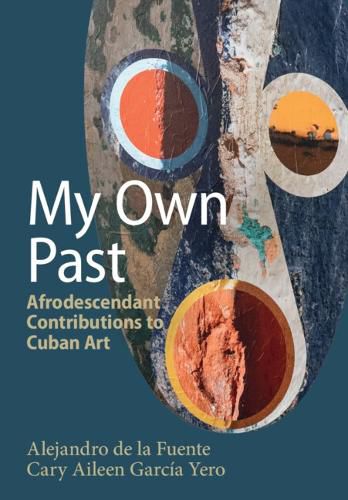Readings Newsletter
Become a Readings Member to make your shopping experience even easier.
Sign in or sign up for free!
You’re not far away from qualifying for FREE standard shipping within Australia
You’ve qualified for FREE standard shipping within Australia
The cart is loading…






In late eighteenth-century Havana, residents frequently referred to the existence of large communities of negros and pardos as 'officers in the trade of painter' and the authors of 'exquisite works.' But who are these artists, and where can we find their works? What sort of works did they produce? Where were they trained, and how did they master their crafts with such perfection? By centering the artistic production and social worlds of artists of African descent in Cuba since the colonial period, this revisionist history of Cuban art provides compelling answers to these questions. Carefully researched and cogently argued, the book explores the gendered racial biases that have informed the constitution of the Cuban art canon; exposes how the ideologues of the slave owning planter class institutionalized the association between 'fine arts' and key attributes of whiteness; and examines how this association continues to shape art historical narratives in Cuba.
$9.00 standard shipping within Australia
FREE standard shipping within Australia for orders over $100.00
Express & International shipping calculated at checkout
Stock availability can be subject to change without notice. We recommend calling the shop or contacting our online team to check availability of low stock items. Please see our Shopping Online page for more details.
In late eighteenth-century Havana, residents frequently referred to the existence of large communities of negros and pardos as 'officers in the trade of painter' and the authors of 'exquisite works.' But who are these artists, and where can we find their works? What sort of works did they produce? Where were they trained, and how did they master their crafts with such perfection? By centering the artistic production and social worlds of artists of African descent in Cuba since the colonial period, this revisionist history of Cuban art provides compelling answers to these questions. Carefully researched and cogently argued, the book explores the gendered racial biases that have informed the constitution of the Cuban art canon; exposes how the ideologues of the slave owning planter class institutionalized the association between 'fine arts' and key attributes of whiteness; and examines how this association continues to shape art historical narratives in Cuba.